


Nanoparticles used as taxis
Molecular Medicine of Life-threatening Diseases Group, Anaesthesiology and Intensive Care Medicine, Jena University Hospital, in cooperation with Leibniz-Institute for Natural Product Research and Infection Biology – Hans Knöll Institute
When a pathogen attacks our body, an immune reaction is activated that successfully stops most infections. Unfortunately, some pathogens spread further and damage the function of entire organ systems, which can become life-threatening for us humans. Prof. Adrian Press and Dr. Zoltán Cseresnyés are investigating the role of metabolism in these kinds of infections and are also developing innovative therapies. To this end, they are working on strategies that use nanoparticles as "taxis" that transport the active substances only where they are needed to minimize adverse reactions in the rest of the body. The image shows nanoparticles (magenta) carrying substances to liver cells (blue). Their movements can be captured owing to a time-series of microscopy images (green lines).
© Zoltán Cseresnyés & Adrian Press

Nanoparticles used as taxis
Molecular Medicine of Life-threatening Diseases Group, Anaesthesiology and Intensive Care Medicine, Jena University Hospital, in cooperation with Leibniz-Institute for Natural Product Research and Infection Biology – Hans Knöll Institute
When a pathogen attacks our body, an immune reaction is activated that successfully stops most infections. Unfortunately, some pathogens spread further and damage the function of entire organ systems, which can become life-threatening for us humans. Prof. Adrian Press and Dr. Zoltán Cseresnyés are investigating the role of metabolism in these kinds of infections and are also developing innovative therapies. To this end, they are working on strategies that use nanoparticles as "taxis" that transport the active substances only where they are needed to minimize adverse reactions in the rest of the body. The image shows nanoparticles (magenta) carrying substances to liver cells (blue). Their movements can be captured owing to a time-series of microscopy images (green lines).
© Zoltán Cseresnyés & Adrian Press